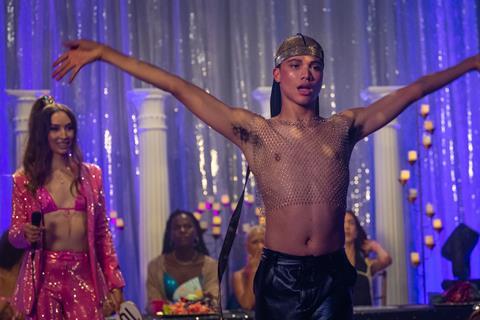
Australia is to introduce local content quotas for international streaming platforms such as Netflix, Disney+ and Prime Video as part of plans to reboot the country’s cultural landscape.
No figures on quotas or other requirements have yet been released but consultation with industry is to take place over the next six months to shape legislation, which will be introduced in the third quarter of this year, to take effect no later than July 1, 2024.
The plans were announced today by the Australian government as part of its ‘Revive’ National Cultural Policy, a five-year plan to revive and renew the country’s arts, entertainment and cultural sector.
The streaming market in Australia grew nearly 50% in 2021, with estimated total earnings exceeding $1.84bn ($2.6bn). The document acknowledged that “new streaming platforms are producing some high-quality Australian content,” with Netflix relaunching teenage drama Heartbreak High and further investment from Disney+ and Prime Video.
“However, unlike free-to-air broadcasting services and subscription television, these services have no requirements to make Australian content available on their platforms,” it continued. “The ready availability of mass content produced in other countries, particularly the United States, risks drowning out the voices of Australian storytellers.
“The Government has committed to take the necessary action so that Australians continue to be able to see and hear quality home-grown content, regardless of which platform they are using. It is important that streaming services invest in key genres, including children’s content, scripted drama and documentaries.”
The Government also pledged security of funding and independence for the two national broadcasters, ABC and SBS.
Prime minister Anthony Albanese said the policy would “put the arts back where they are meant to be, at the heart of the nation”.
Much was said about the importance of the arts to identity and nation building, but it was also described as a $12bn (A$17bn) contributor to the economy. However, the 116-page policy document was light on film and television details, in part because significant structural change is not being imposed on the principal government funder, Screen Australia, as it is on other parts of the sector. Screen Australia CEO Graeme Mason last week signalled he will not seek to renew his contract when it ends in November.
First Nations voices
Five pillars underpin the policy, with one being the need for strong cultural infrastructure.
The primacy of First Nations arts and culture, the first of the pillars, received the most emphasis at the Melbourne launch and in the policy. It is no coincidence that political debate is raging around an upcoming referendum on the place of Aboriginal and Torres Strait Islander people in the Australian Constitution, in the Parliament and in decision making generally.
Further pillars recognise: the breadth of stories in Australia and the need to ensure all people can be storytellers; the centrality of the artist; and the importance of engaging the audience in the work.
A distinctly democratic and all-of-society approach is evident in the policy. Pilot funding is being provided for art and music therapy programs, for example, more emphasis is being put on arts subjects in the Australian curriculum, and the need for reliable digital connectivity, digital literacy and affordability is clearly stated.
It is also acknowledged that arts and culture can be a challenging career path and a workplace centre is being set up to provide advice on pay, safety and welfare. Also, minimum workplace and employment standards are to be a condition of getting public funding.
Digital games developers and independent games studios will receive $8.5m (A$12m) under the policy, a restoration of specific games funding, to make Australia more competitive in the $250bn global digital games market.
Given the rapid worldwide expansion of the games industry, “Screen Australia shouldn’t be left trying to check if there’s some spare change in the back of the lounge,” said Burke.
His speech ended with a clear challenge to the sector: “The success of the policy doesn’t rest with the government. It rests with the artists, creators, painters, poets and provocateurs. What you do with the cultural policy will determine the look, feel and soundtrack to life in Australia.”























No comments yet